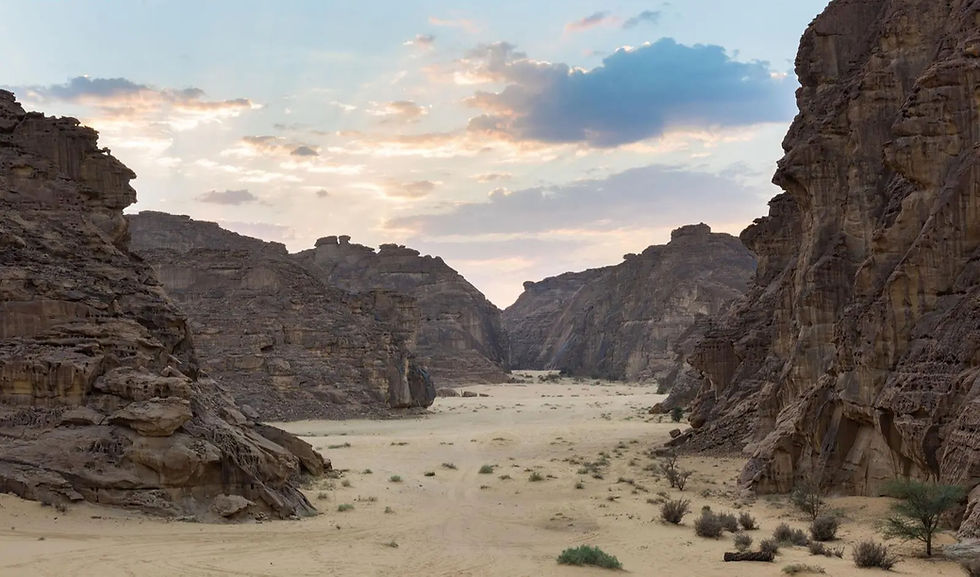AlUla artifacts showcased in China at ‘Glimpses of the Ancient North Arabian Kingdoms’ exhibition
- SAUDI ARABIA BREAKING NEWS

- Sep 30
- 2 min read

Henan, China, September 30 (Saudi Arabia Breaking News) – The Shang Dynasty Capital Site Museum in Henan Province opened the international exhibition “Glimpses of the Ancient North Arabian Kingdoms” on September 26, running until January 5, as part of the Saudi-Chinese Year of Culture 2025. The exhibition is jointly organized with the Royal Commission for AlUla (RCU).
The exhibition highlights the cultural heritage of AlUla and Henan, both home to UNESCO World Heritage sites and recognized for their histories dating back to around 6,000 BC.
It explores the ancient kingdoms of Dadan, Lihyan, and the Nabataeans in northwest Arabia. The Dadan Kingdom thrived in the first millennium BC along the Incense Trade Route, leaving inscriptions, tombs, and rock carvings. The Nabataeans, known for their transcontinental trade, established Petra as their capital and expanded deep into Arabia, with Hegra (Mada’in Salih) north of AlUla serving as their most important southern city. Hegra became Saudi Arabia’s first UNESCO World Heritage site in 2008.

The exhibition features 30 artifacts from RCU’s collection, including 15 pieces displayed publicly for the first time. Highlights include a sandstone sculpture of a Lihyanite ruler from Dadan dating to between the fifth and third centuries BC, human remains from pilgrimage sites at Umm Daraj and Jabal Dadan, and a 2,000-year-old silk piece from a Nabataean burial site.
Ten Chinese artifacts complement the display, including camel models, incense burners, cosmetics, and engraved items, illustrating shared artistic traditions and cultural exchange.
The exhibition underscores historical ties linking China and Arabia since the first millennium BC, when the Nabataeans and China’s Qin and Han dynasties contributed to early Eurasian connectivity that later formed the Silk Road.
Last year, Chinese audiences showed strong interest in AlUla through the exhibition “AlUla, Wonder of Arabia” at the Palace Museum in Beijing, which attracted more than 200,000 visitors. Travel to AlUla has since been facilitated for Chinese visitors with Mandarin-speaking guides, translated signage, and multilingual heritage site materials.


